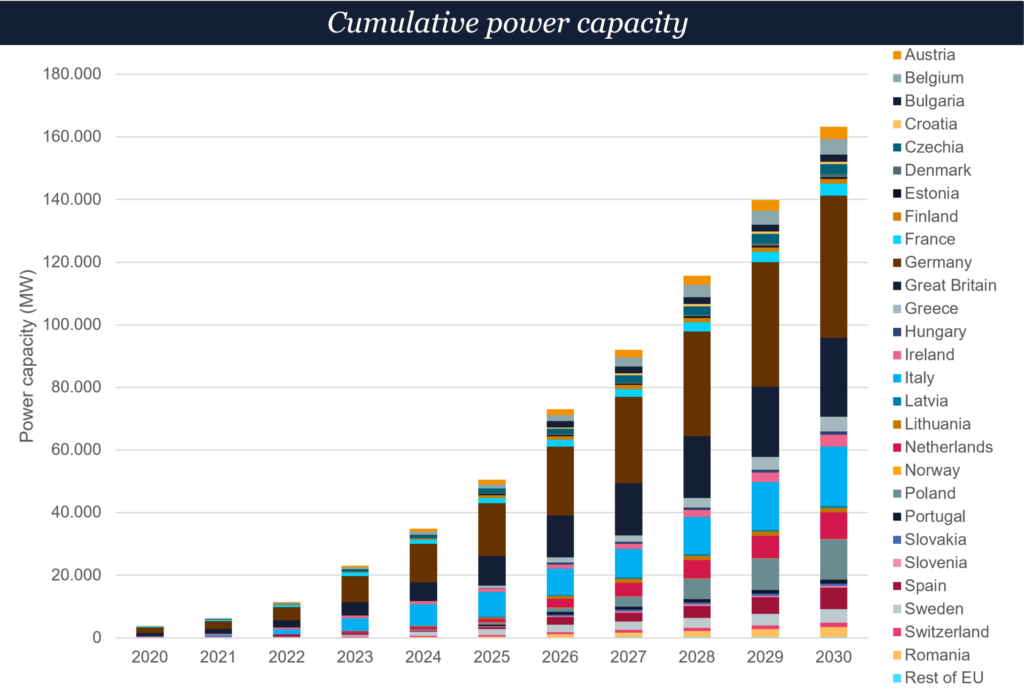February 2018 / Policy Papers - Responses to Public Consultations
All Continental European and Nordic TSOs’ Proposal for a Cost Benefit Analysis Methodology
EASE submitted a response to the ENTSO-E Public Consultation on “All Continental European and Nordic TSOs’ proposal for a Cost Benefit Analysis methodology”.
Key messages:
EASE welcomes the efforts by ENTSO-E to propose a methodology suitable for assessing the time period required for FCR providing units or groups with limited energy reservoirs (LER) to remain available during alert state in Continental Europe (CE) and Nordic synchronous areas.
However, we wish to propose several amendments and clarifications, since some aspects of the proposed methodology might lead to strong distortions of the results or to an incomplete CBA:
- Normal state, pre alert state, alert state and emergency state parameters should be clearly defined to correctly run the CBA: these parameters should be based on the definitions of the System Operation Guideline and if not possible, more clearly defined in the draft CBA methodology. If we support the ENTSO-E proposal to analyse the sizing of LER-FCR reservoirs during the pre-alert and alert states, we also believe that all other states should be analysed in order to correctly size these reservoirs.
- The FRR behaviour should also be clearly defined in terms of the amount of energy provided by this service and the way this energy is provided in time, since this can have an important effect on FCR provision.
- There should be more transparency regarding the relevant frequency profiles and historical data used to determine the different scenarios and Monte Carlo sampling assumptions. Incidents older than 10 years should not be taken into consideration because they do not reflect the current electricity system behaviour. The correlation between long lasting frequency deviations and power outages should be taken into account to produce a more precise evaluation.
- Regarding the economic approach needed to evaluate the cost-benefit impact of the FCR provision, more information should be given on how the costs will be determined.
- Following the previous remark and given the complexity to assess the reserve cost, we would also suggest to split the proposed methodology into two parts:
- First, an evaluation of the technical requirements for FCR, taking into account system needs in terms of security and reliability.
- Then the CBA.




